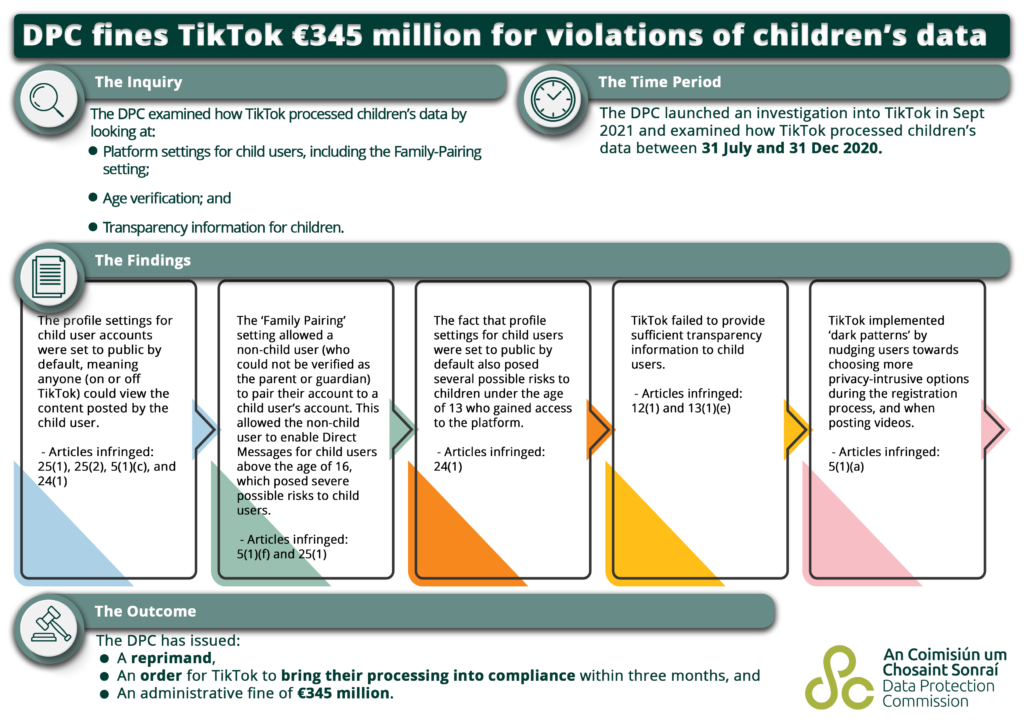
Insights
Castlebridge has been sharing thoughts and insights on data strategy, data protection, data governance, data quality, and data ethics over over a decade. From the topical to the conceptual, our insights are drawn from experience, research, and our collective pool of knowledge.

